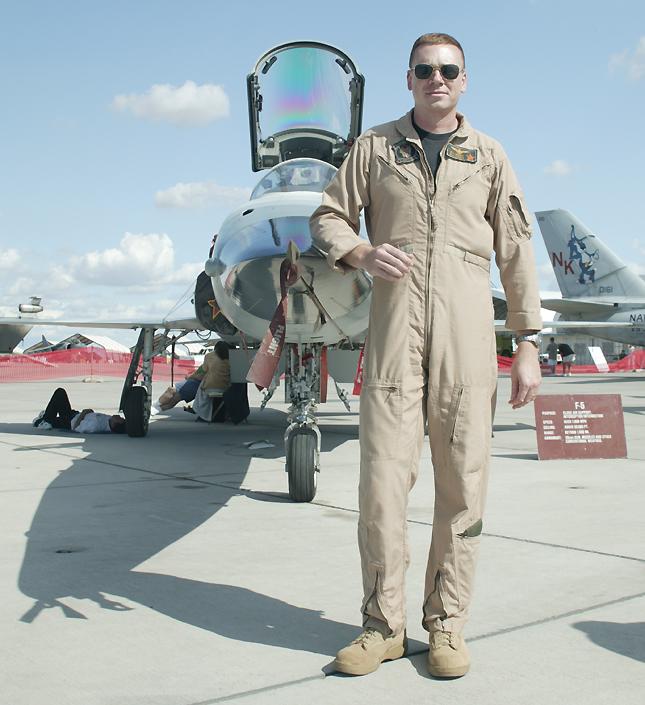The aviation industry is an exciting career path to choose; becoming a pilot is equally exciting. You’ve made that decision, now you need to figure out how to get there. Fifty years ago your only choice would be to fly in the military; however, airlines now hire both ex-military and civilian pilots. Although choosing the civilian route is more expensive, it does allow you to make more choices regarding your flight training and career. The path to becoming a professional pilot will require you to choose where to complete your flight training, how you will build up your flying hours, and what type of flying—airline, corporate, fractional, or cargo—you want to pursue.
Two types of flight schools exist: college programs that offer a degree along with the flying (bachelor degree in flight operations) or a flight school at a fixed-based operator (FBO) that only offers courses associated to flying. Both options have positive aspects. By attending a college to complete your flight training, you’ll earn a degree in the process (currently, not all airlines require a degree, but more airlines are adding that as a requirement), you may qualify for financial aid that will help cut the costs of flying, and you will have the degree to fall back on in case you no longer want to fly. A flight school is beneficial because it takes less time to complete (on average a year for all of the flight training versus four years for college), the scheduling is more flexible (better for families or someone who needs to work full-time), and it is solely focused on flying.
Once you choose where to complete your flight training, you will follow a sequence of courses, earning different licenses and ratings. First, you will work towards your private pilot’s license, which allows you to fly small, single-engine airplanes in certain meteorological conditions (visual flight rules—known as VFR—means you must remain a certain distance from clouds and poor-visibility weather). After this point, you will work towards your first rating—an instrument rating. Now you will be able to fly by instrument flight rules (IFR) through clouds and weather conditions where there is poor visibility.
After earning your private pilot’s license and instrument rating, you will work towards your commercial license; once you complete this, you will be able to receive money for flying. Then, you will work on a multi-engine rating. At this point, you will be qualified to fly single- or multi-engine airplanes in any type of weather condition for hire. You will have to make a decision: do you want to continue your flight training or try to find a flying job with your qualifications?
If you continue your training, you will earn your Certified Flight Instructor’s (CFI) certificate. You will also want to earn your instructor’s certificate for multi-engine and instrument, allowing yourself the opportunity for more students. Being a flight instructor will officially be your first job as a pilot; however, your primary focus at this point is building your total flight hours.
If you try to find a flying job other than flight instructing, you will not have many choices. Because you won’t have a lot of flight hours or experience, you probably won’t find an airline that will hire you. Other options include flying at a skydiving operation or fly for a banner towing company. Again, like the flight instructor’s job, your primary focus is to increase your total number of hours flying.
Once you have enough flight hours to meet the qualifications at companies, you can start looking and applying for jobs as a professional pilot. Different types of professional flying jobs exist: airline, corporate, fractional, and cargo. An airline is a company that flies passengers on a set and regular schedule; airlines range in size from regional companies that fly small, turbo-prop airplanes to the major airlines flying 747s. A corporate flying job would be flying an airplane privately owned by a company to wherever it was needed to go. A fractional company is similar to a corporate job because both do not follow a set flight schedule; however, a fractional company is similar to a timeshare at a condominium: many different people own a fraction of time with the airplane. Finally, a cargo company doesn’t carry passengers—only cargo—and it follows a more structured schedule than the corporate or fractional company.
Each type of flying has its benefits and its downfalls; the best research is to talk with a wide variety of pilots and hear what they have to say first-hand about their company and type of flying. No matter what path you choose, your experiences flying will be great. And many more options beyond the ones here exist—airshow pilots, aerial photography, and medical flights, just to name a few. You can become a pilot with some hard work and dedication.
